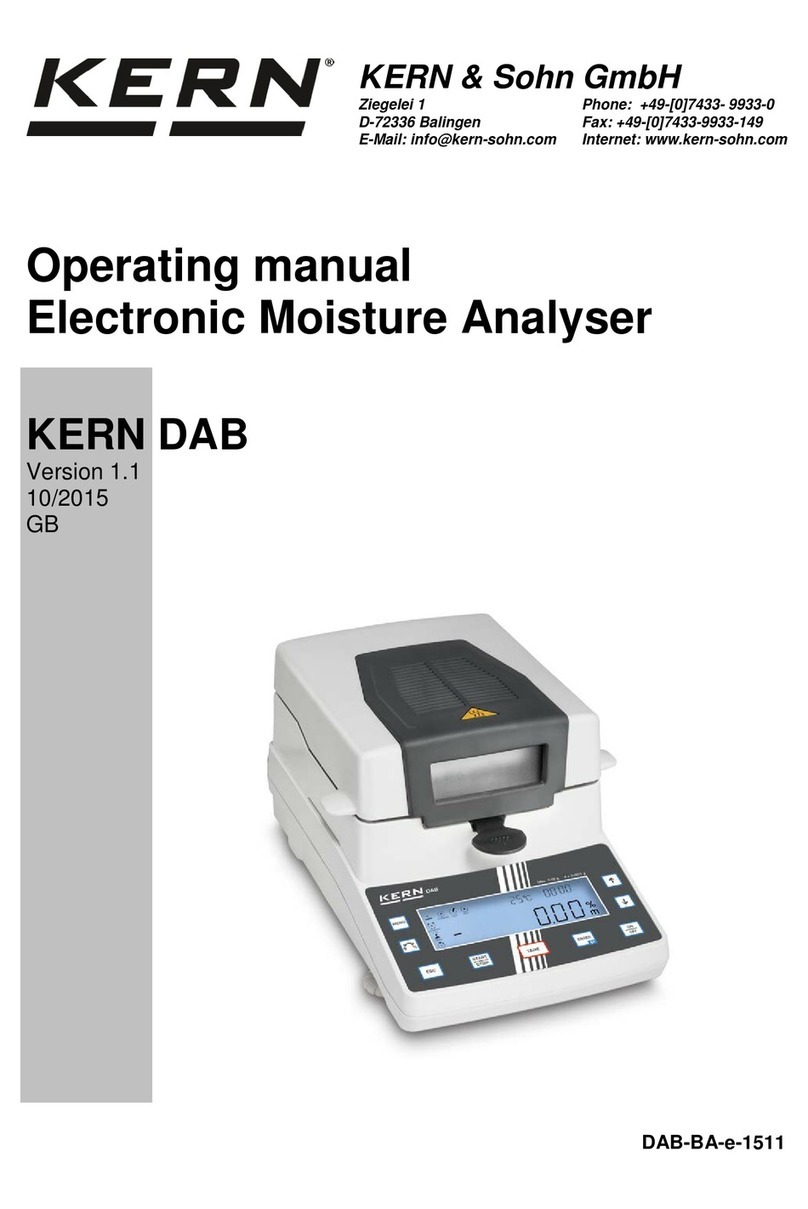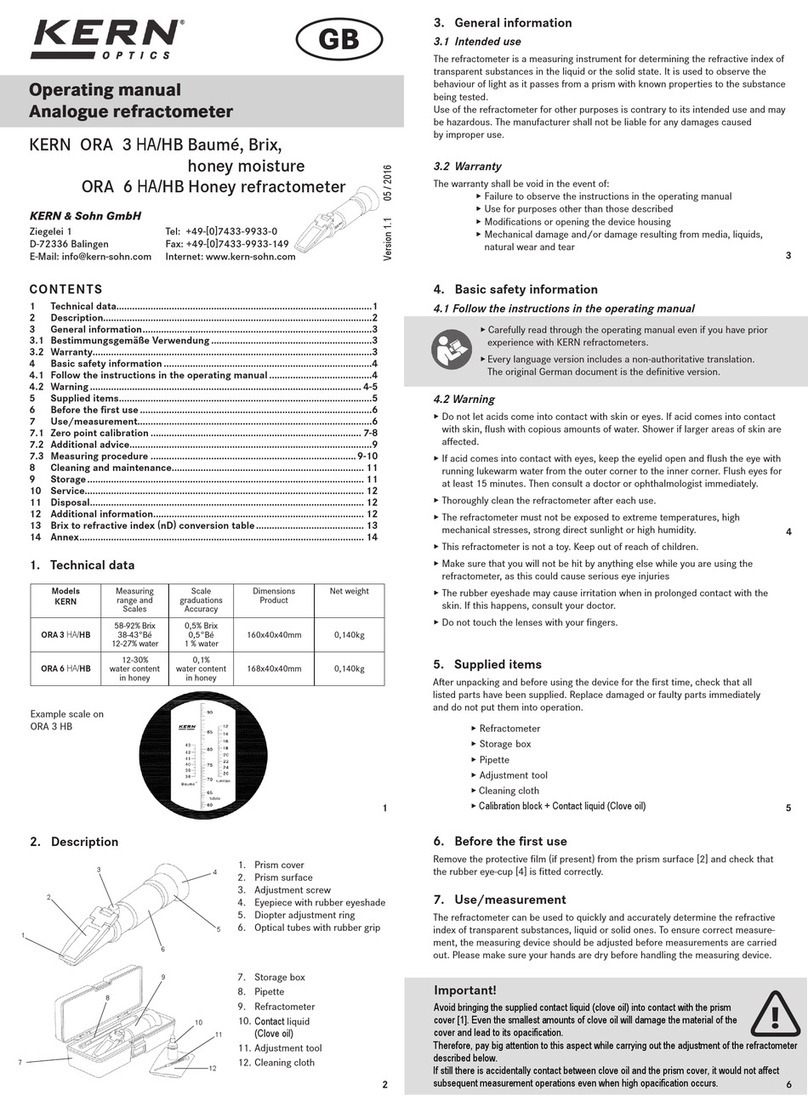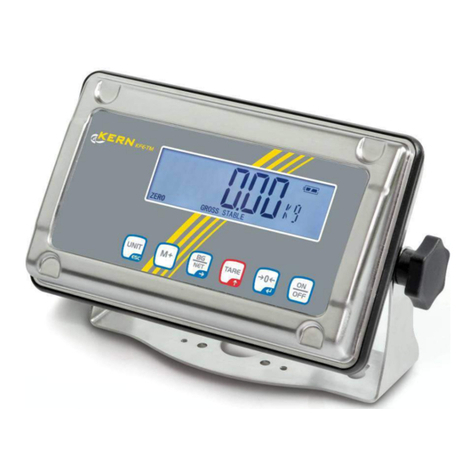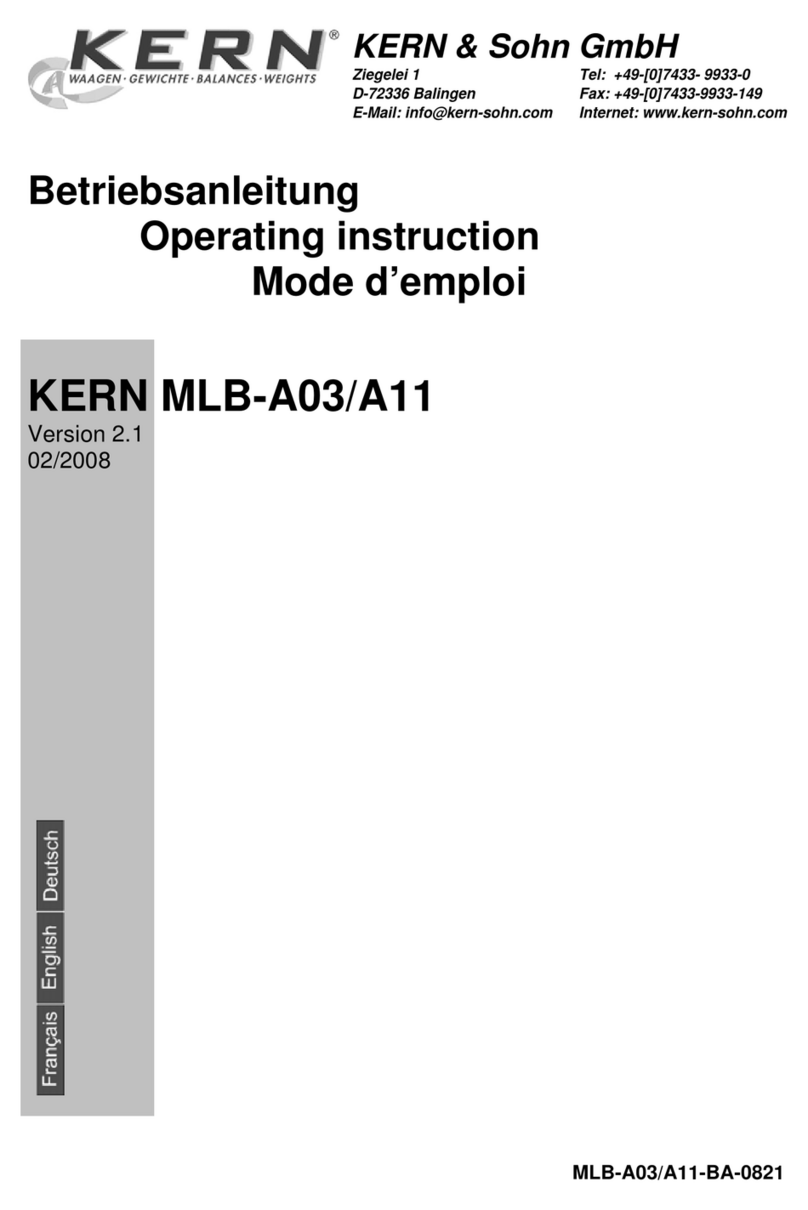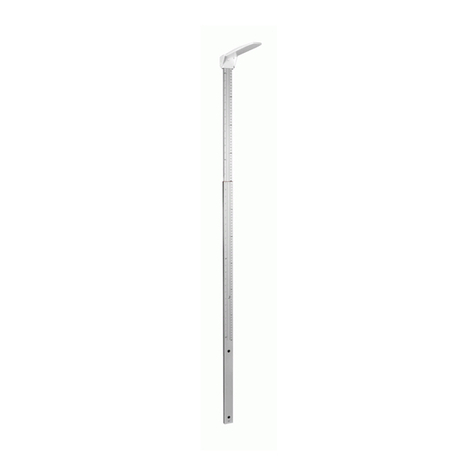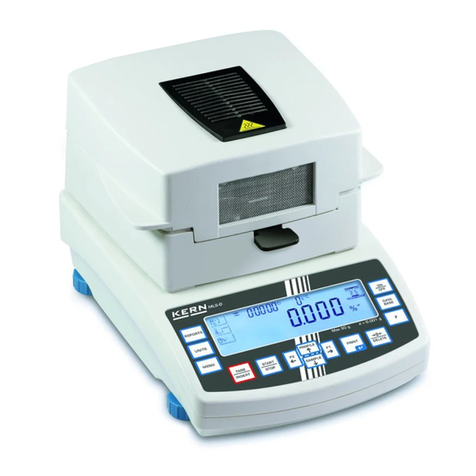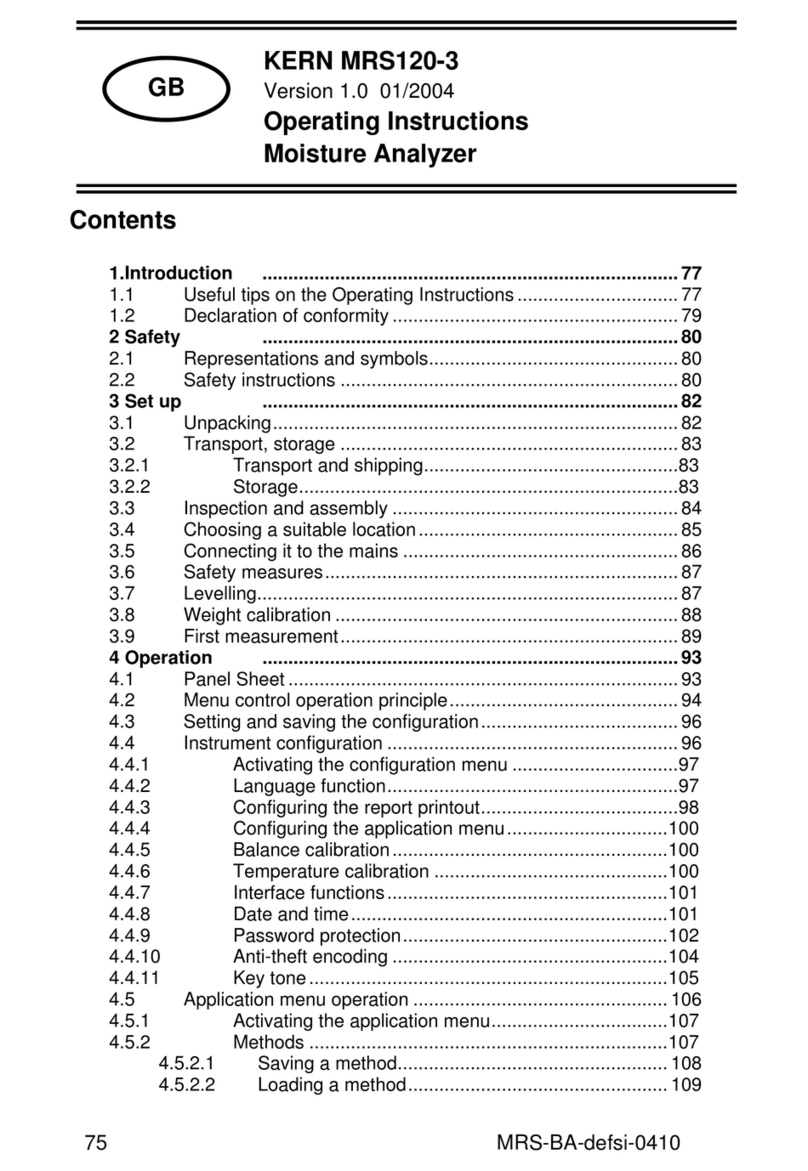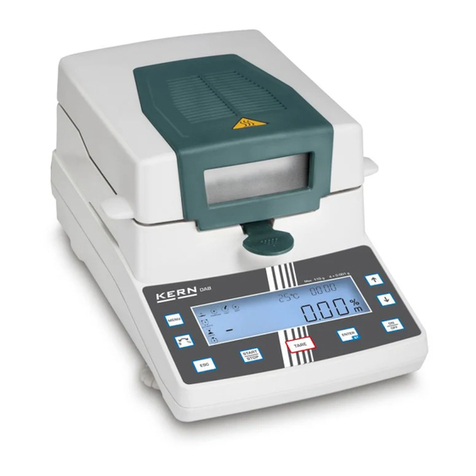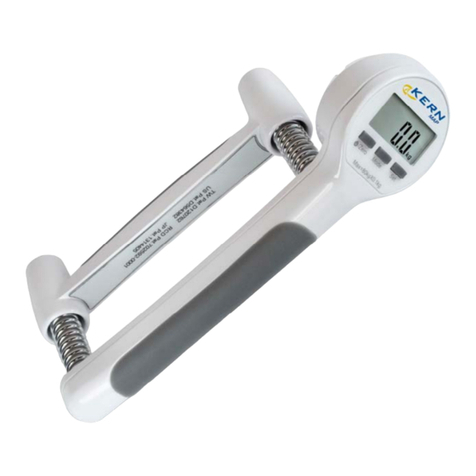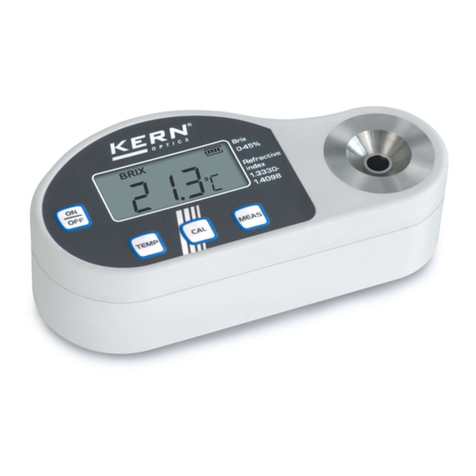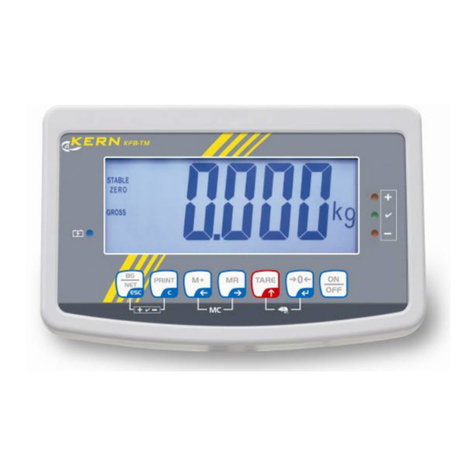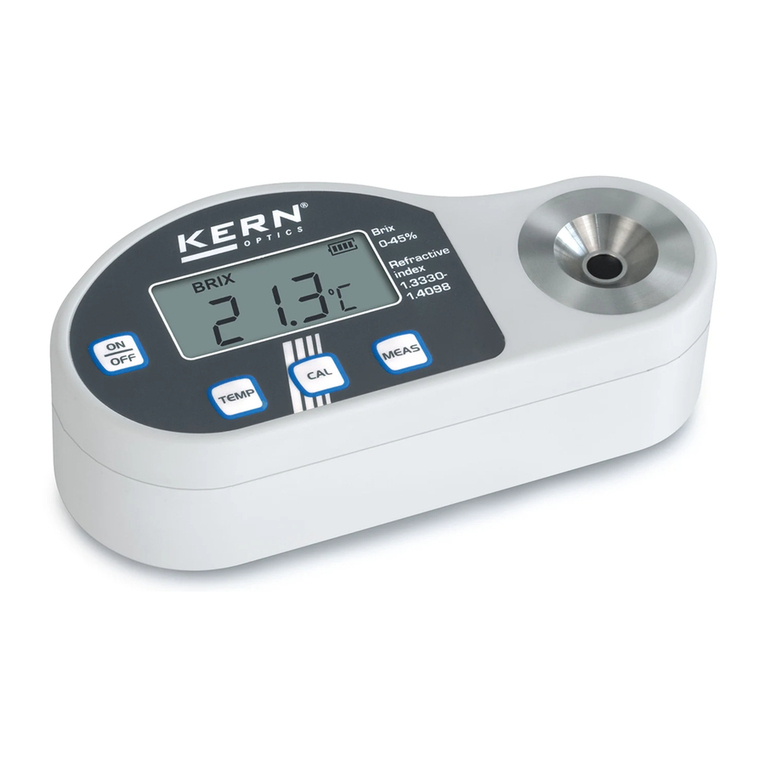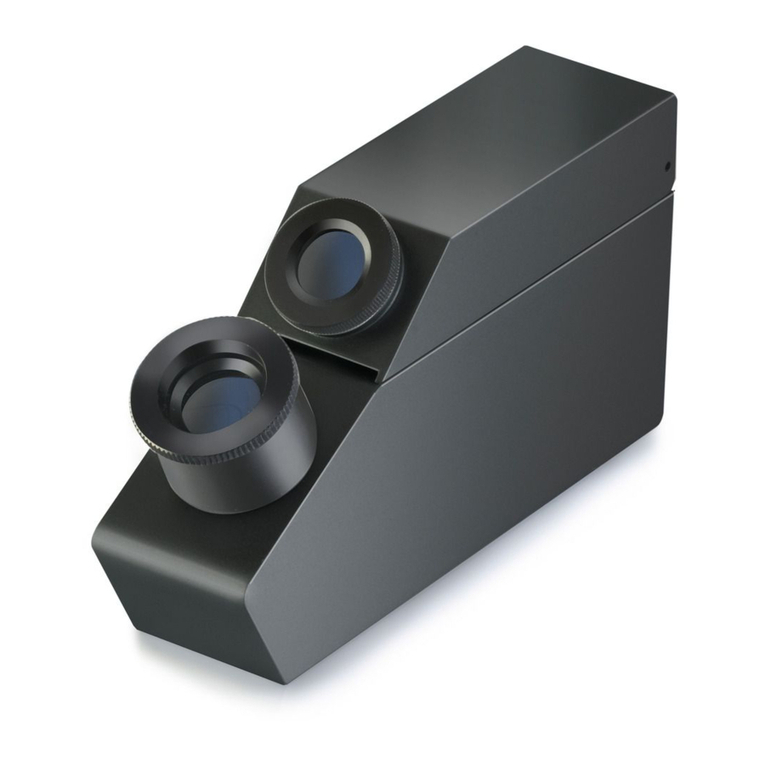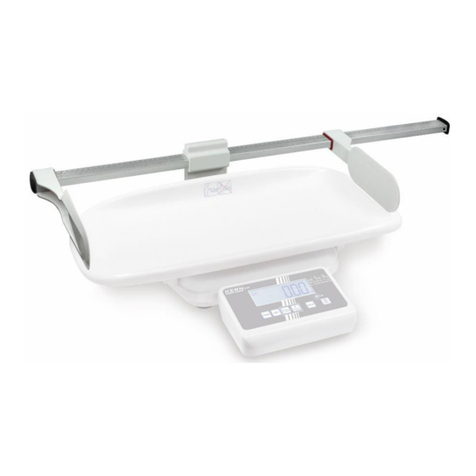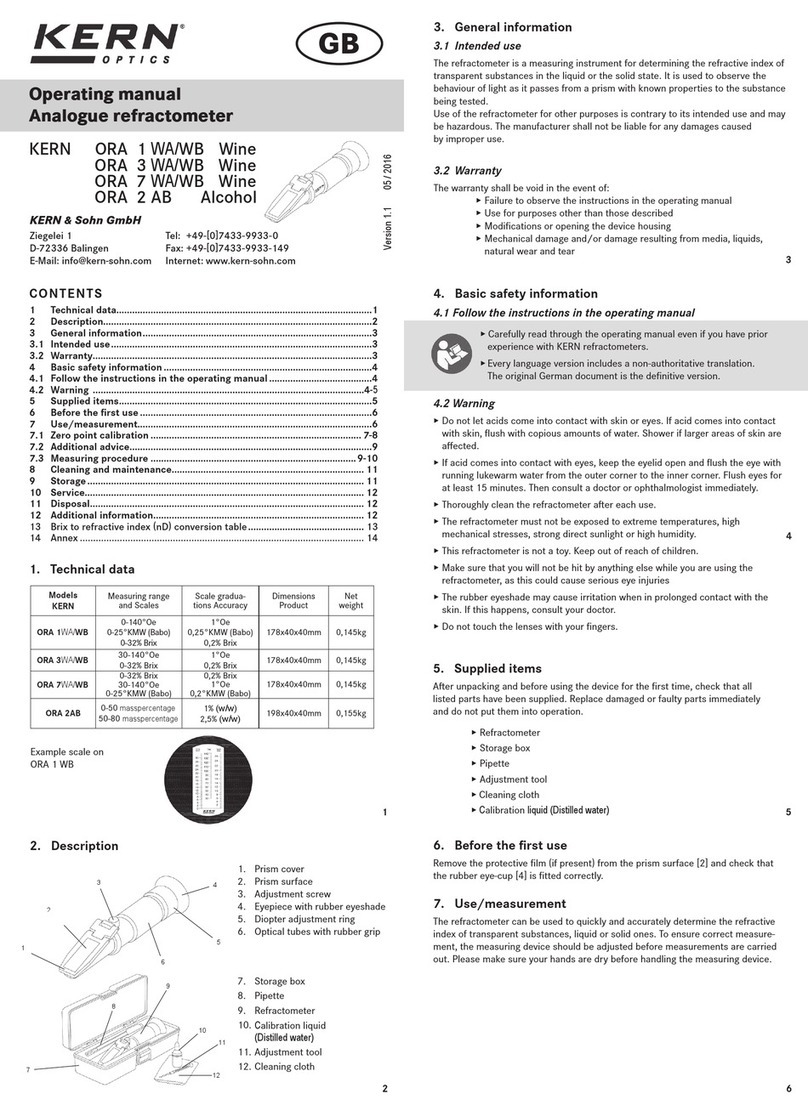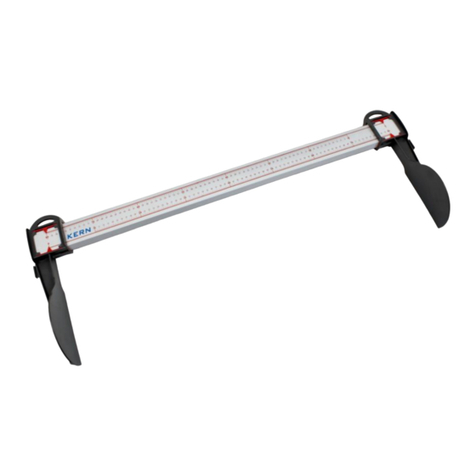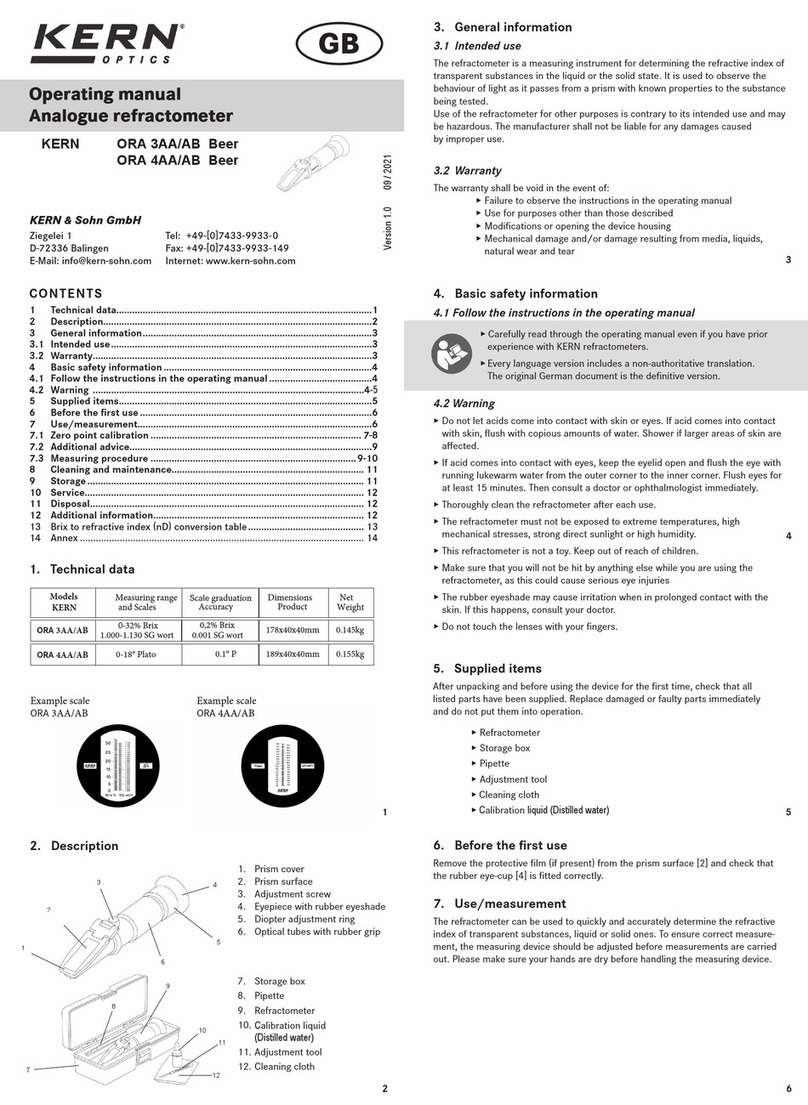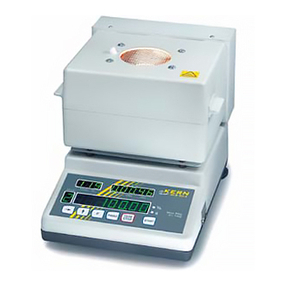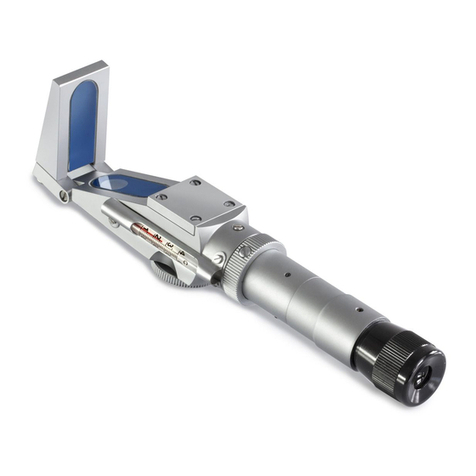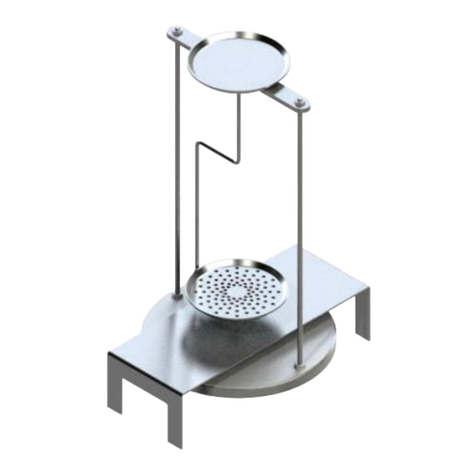DBS-BA-e-1311 3
9.1 Save / access .......................................................................................................................... 44
9.2 Adjust....................................................................................................................................... 45
9.2.1 Drying modes.......................................................................................................................................... 45
9.2.1.1 Drying mode AUTO (Standard drying/switch-off criterion “∆M“) ...................... 45
9.2.1.2 Drying mode TIME (Standard drying/switch-off criterion “Time“) ..................... 46
9.2.1.3 RAPID Drying mode (Rapid drying) .............................................. 47
9.2.1.4 SLOW Drying mode (Slow drying) ............................................... 49
9.2.1.5 STEP Drying mode (Step drying) ................................................ 51
9.2.2 Result display.......................................................................................................................................... 54
9.2.3 Start criterion........................................................................................................................................... 56
10 Miscellaneous settings ............................................................................... 57
10.1 Enter sample designation...................................................................................................... 57
10.2 Set date/time for measuring protocol................................................................................... 58
10.3 Menu Lock............................................................................................................................... 59
10.4 Change password................................................................................................................... 61
10.5 Enter identification number................................................................................................... 62
10.6 Resetting the menu ................................................................................................................ 63
11 Print, store and call-up measurement results........................................... 64
11.1 Pin allocation RS232C interface............................................................................................ 65
11.2 Interface parameters .............................................................................................................. 66
11.3 Output interval........................................................................................................................ 68
11.4 Call up and print out measuring results............................................................................... 69
11.5 Print out currently preset drying parameters ...................................................................... 70
11.6 Delete measuring results from memory............................................................................... 71
11.7 Printout examples .................................................................................................................. 72
12 General information concerning moisture analysis................................. 75
12.1 Application .............................................................................................................................. 75
12.2 Basics...................................................................................................................................... 75
12.3 Adjustment to existing measuring method.......................................................................... 75
12.4 Preparing a sample................................................................................................................. 76
12.5 Sample material...................................................................................................................... 77
12.6 Sample size / originally weighted in quantity...................................................................... 77
12.7 Drying temperature................................................................................................................. 78
12.8 Recommendations / Guidelines............................................................................................ 78
13 Service, maintenance, disposal.................................................................. 83
13.1 Cleaning................................................................................................................................... 83
13.2 Service, maintenance............................................................................................................. 84
13.2.1 Remove protective glass guard.......................................................................................................... 84
13.2.2 Lamp change...................................................................................................................................... 86
13.2.3 Replacing fuses.................................................................................................................................. 87
13.3 Disposal................................................................................................................................... 87
14 Instant help................................................................................................... 88
14.1 Error messages....................................................................................................................... 89
15 Declaration of conformity ........................................................................... 91
